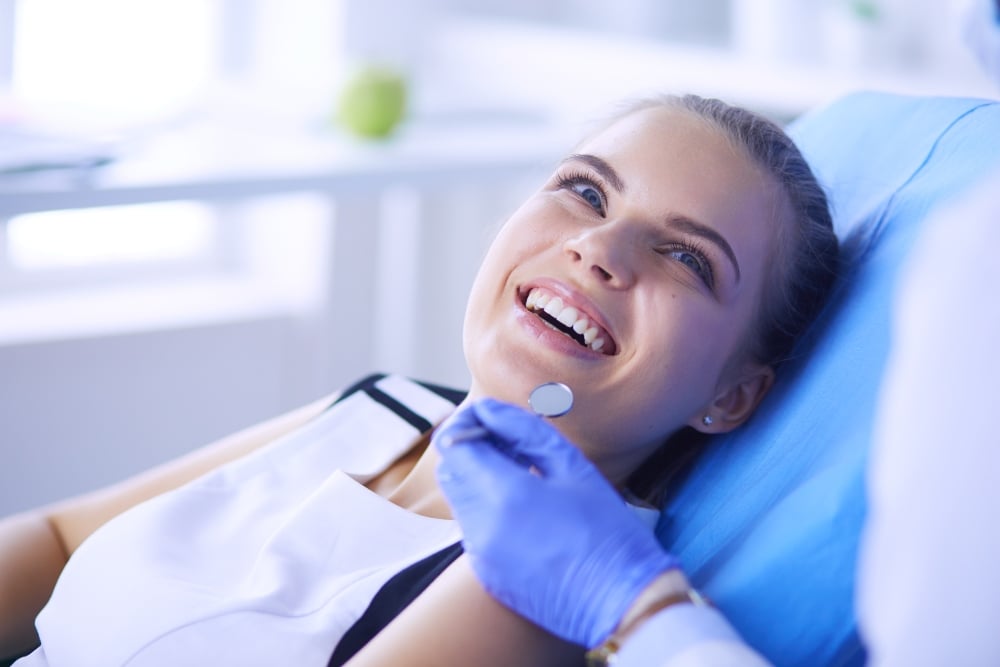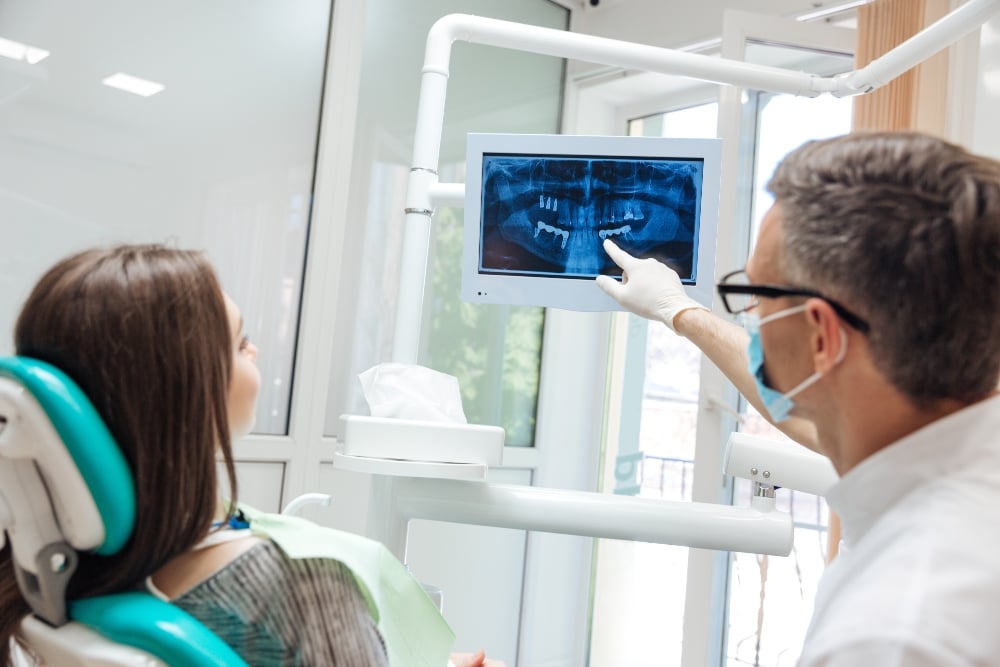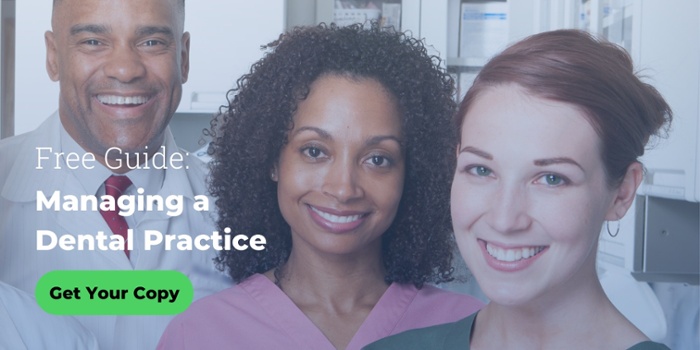Posted by Amy Carbone on May 30, 2019 9:30:00 AM
You may already know that a comfortably appointed dental practice office is high on the list of what patients look for when choosing a provider. But is your office as safe as it is comfortable? While comfort may help with your growth and appeal, safety could affect your practice both drastically and instantly.
The Occupational Safety and Health Administration (OSHA), the nation’s governing body of workplace safety standards, is not required to give advance warning of an inspection. Due to a statutory change that recently went into effect, penalties for violations are on the rise. Though a dental professional may have a statistically small chance of getting flagged for inspection, a single call from a disgruntled patient may be enough to put you on OSHA's radar.
Here are some suggestions for trying to keep your dental practice compliant with safety standards, so that if an OSHA inspector does knock on your door, you can welcome the visit with confidence.

Conduct Your Own Risk Assessment
Look for potential violations before they cause a problem. One way to do that is to conduct your own mock inspections, using one of the OSHA checklists you can download from the American Dental Association's website. A mock inspection should take less than two hours and it may get your staff familiar with OSHA standards. Make safety a priority in your workplace by getting your office staff familiar with smart safety strategies for dental practices.
Keep Patients and Staff Safe from Bloodborne Pathogens
One of OSHA's major concerns is the risk posed to patient health from bloodborne pathogens. They have set forth a list of basic safety requirements for dentists and other medical professionals who work where human blood may be present. These include, but are not limited to:
- Annually updating a written exposure control plan.
- Wearing appropriate personal protective equipment — i.e., gloves, face and eye protection, gowns.
- Providing a Hepatitis B vaccine and medical follow-up to exposed employees at no cost.
- Using color-coding and labels to ensure that staff are aware which receptacles contain regulated waste, contaminated laundry and discarded equipment.
- Establishing a practice of proper employee training.
Keep Your Dental Equipment Maintained
Although the proper containment and disposal of potentially contaminated fluids is one of OSHA's major concerns, an accident that results from equipment that hasn't been properly maintained may result in legal action against your dental practice. So it’s important to make sure that your equipment is serviced according to the manufacturers' recommended schedule. If you’re in the market for new equipment or will need to replace aging equipment soon, consider investing in what is ergonomically designed to minimize repetitive stress injury, a common problem in the dental industry.
Practice Radiation Safety
The good news is dental X-rays expose patients and staff to an extremely small dose of radiation — four bitewings are roughly 0.005 mSv, or less than one day of natural background radiation. Nevertheless, there is potential risk to staff who administer multiple X-rays each day, and patients may feel that there is a perception of risk.
For those reasons, you might prioritize maintaining a strict office protocol around administering X-rays. You may also want to inspect the lead aprons used to protect patients from radiation on a regular basis, making sure there are no signs of breakdown or wear. Proper storage of lead aprons may extend their life.

Avoid Cross-Contamination
Wherever there is tissue and blood, there almost certainly will be bacteria present. For that reason, mandating that your staff keep working areas clean and free from dust might just be the most important thing you can do to minimize risk.
In order to establish strict cleanliness in the office, you may want to develop a checklist and assign specific cleaning duties to individual staff members. Consider ensuring chairs are carefully wiped each time a patient uses them and that all surfaces that staff members come into contact with are cleaned with an antibacterial disinfectant wipe between procedures.
Another area of potential importance is the office waiting room. Clutter and fingerprints on surfaces might give patients the impression that your entire practice is unsanitary. Throw out tattered magazines, tidy and wipe surfaces and vacuum regularly to maintain a hygienic appearance.
About Treloar & Heisel
Treloar & Heisel is a premier financial services provider to dental and medical professionals across the country. We assist thousands of clients from residency to practice and through retirement with a comprehensive suite of financial services, custom-tailored advice, and a strong national network focused on delivering the highest level of service.
Treloar & Heisel and Treloar & Heisel Risk Management are divisions of Treloar & Heisel, LLC.
Insurance products offered through Treloar & Heisel, LLC.
Treloar & Heisel, LLC. and its divisions do not offer legal or workplace safety advice. Please consult a professional concerning these topics. You should rely on a professional for how to implement appropriate workplace behavior rules.


